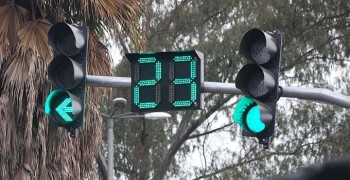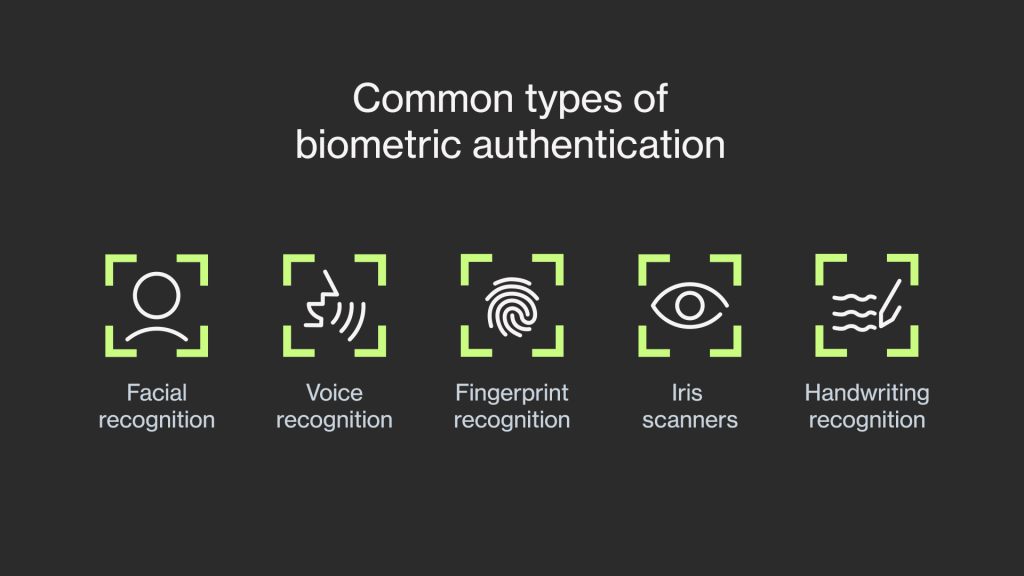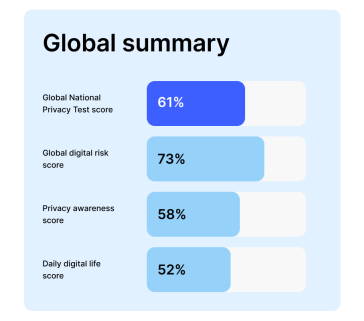Last year saw the Kenya government put up ‘state-of-the-art’ digital traffic lights that were aimed at helping ease the traffic jams that plague Nairobi city and its environs, by providing a sense of order on the roads.
One year and more down the line and Kenyans are still suffering the torture of sitting for hours in the traffic jams, using up fuel because they have to spend so much time waiting to be flagged off at a green light – oh wait! I mean flagged off by a traffic police officer. Some Kenyans even have to pack their cars on the side of the road as their fuel tanks go dry.
Spending two hours in traffic when going home should be unacceptable, but that is the average time most Kenyans have to go through on a daily basis if not more, and if they are lucky enough the time goes to maybe an hour if it’s that time of the month when people are too broke to use their cars.
Launched as a pilot study in August last year and officially flagged off to begin operations in December the same year by Nairobi’s governor, Evans Kidero, the new traffic lights system were a beauty for the city, with incorporated countdown timers for both pedestrians and motorists in the country.
When they were put up, most Kenyans expressed their joy at the high-tech move saying it was a step towards better experience on the roads. Everyone knew the traffic menace would not stop entirely, but at least most expected it would ease up to a certain extent. Well, that did not come to be.
So just what happened to the digital traffic lights?
The digital traffic lights are now just part of infrastructure across the city like the buildings around them, they light up as they are designed to, the timer still counts down as it should, but there is not an audience to alert as they become neglected by most, causing even greater confusion that when they didn’t function all together.
The few pedestrians who observe the lights (those like me) are either almost run over crossing the road at a green light or look just confused stopping at a red one, the same goes for the motorists. Traffic is still controlled by the men in blue at roundabouts, a situation Kenyans were promised would be long gone after March this year.
March, 2014 was to see the county of Nairobi roll out a control system that would oversee the operation of the digital traffic lights that include CCTV cameras to assist catch traffic offenders who violate the system. The same month was to have over 300 trained traffic marshals replace the normal police officers.
It is December now, and the lights are still part of the Nairobi streets deco as they do not function to control traffic as they were introduced to. The CCTV cameras keep flashing in people’s faces all the time and I can’t help but wonder whatever happened to the control room that is now long overdue.
With traffic jams in Nairobi causing the county up to 50 Million Kenya shillings in fuel consumption on a daily basis, according to a survey, and Kenya ranking among the top countries worst hit by the menace, it is disappointing that the country is still losing money from already installed infrastructure that is not in use.
I want to believe the traffic lights use power, and that same power is costing tax payers a lot of money everyday to sustain the high-tech system. Kenyans are still spending more money on fuel consumed when idling in traffic jams that should have become easier by now, if the traffic lights were operational.
All this spirals to two options for the County government of Nairobi, either the control system that Kenya is still waiting for becomes operational as soon as possible or the high-end traffic control infrastructure goes off until the control centre is ready for use. Then Kenyans can know which way to fall on.





